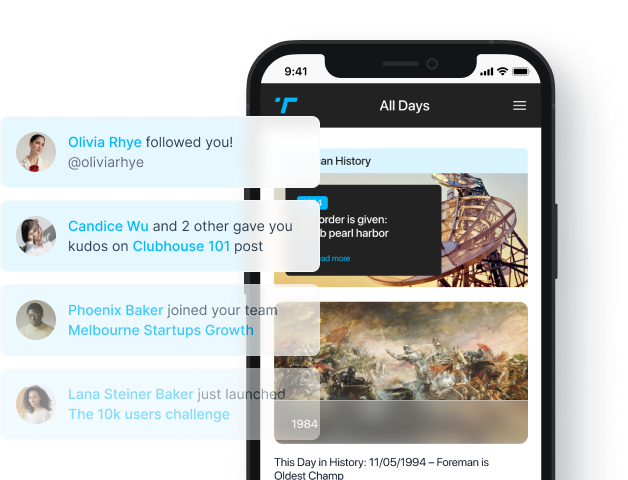Flashback to July 15
World History

1988
The Morris worm, the first internet-distributed computer worm to gain significant mainstream media attention, was launched from MIT.
Read moreIn the annals of the digital revolution, one event stands out as particularly significant – the launch of the Morris worm. It was on November 2, 1988, that Robert T. Morris, a Cornell graduate and student at the Massachusetts Institute of Technology (MIT), unleashed the first internet-distributed computer worm that would grab mainstream media’s attention worldwide in a frighteningly fast pace. It undeniably marked a turning point in the history of cybersecurity, thrusting the issue into the public eye.
The Morris Worm was ingeniously programmed. Unlike a virus, which attaches itself to an existing program, a worm is self-replicating, distributing identical copies of itself across a network without requiring any human intervention. In other words, after the 1988 version was released into the wild, it spread from one internet-connected computer to another without stopping. As a result, it was able to infect roughly 6,000 computers, which constituted around 10% of the Internet at that time. It caused these machines to slow markedly, hampering the operations of several businesses and education facilities, and showcasing the potential disruption of Internet security breaches.
Robert Morris, the infamous author of the worm, was a 23-year-old person at that time. Interestingly, Morris maintained that his motives weren’t malicious; he claimed that the Morris Worm was designed to measure the size of the Internet. However, the unintended mechanism of repeated infection led to an early form of what we now know as a Distributed Denial of Service (DDoS) attack. This snowballing effect of continuous infection caused many systems to crash or become entirely unreachable.
What made the Morris Worm unique – not to mention frighteningly effective – was its ability to leverage known software vulnerabilities. More specifically, Morris programmed his worm to exploit weaknesses in Unix’s sendmail and fingerD programs. These were functions used universally at the time, meaning the worm had an extensive range to spread. It’s a tactic we can see mirrored in today’s world, where cybercriminals continually scan for weaknesses, attempting to manipulate outdated software, inadequate password protection, and other gaps in security.
In the aftermath of the outbreak, Robert Morris was hunted down and prosecuted under the Computer Fraud and Abuse Act (CFAA). This was a landmark case, marking Morris as the first person convicted under this law. It served as a public reminder of the potential consequences of acting recklessly in our increasingly connected world.
From today’s perspective, the Morris Worm’s influence cannot be understated. It was a wake-up call for institutions and businesses alike about the critical need for robust IT security. It’s a moment we look back to as the beginning of the era of cybersecurity, and one that brought attention to the nascent field of ethical hacking.
Then, the worm hastened the establishment of CERT, or Computer Emergency Response Team, an organization that responds to internet security incidents. In the years that followed, the world saw a drastic increase in cybersecurity measures, not just in response to the Morris Worm, but as a necessary measure in an increasingly digital landscape.
Almost three decades later, the event of the Morris Worm continues to resonate. It serves as a turning point in the history of the Internet, the MIT, and certainly, the life of Robert T. Morris. Lessons learnt from this first significant worm attack have shaped the cybersecurity practices of today. It reminds us that cybersecurity is not just about protecting against threats, but also about learning from past incidences and continually adapting to ever-evolving challenges. By adhering to this, individuals and organizations can ensure the security of their digital assets in this interconnected world.
We strive for accuracy. If you see something that doesn't look right, click here to contact us!
Sponsored Content

Manitoba becomes 5th Canadian…
On 7/15/1870, Manitoba officially…

President Harry Truman disembarks…
President Harry Truman's historic…

Eight killed, 54 wounded,…
On July 15, 1983,…

The planet Jupiter is…
On July 15, 1994,…

Massacre of July 15,…
On July 15, 1927,…

Napoleon Bonaparte captured.
On 7/15/1815, the event…

